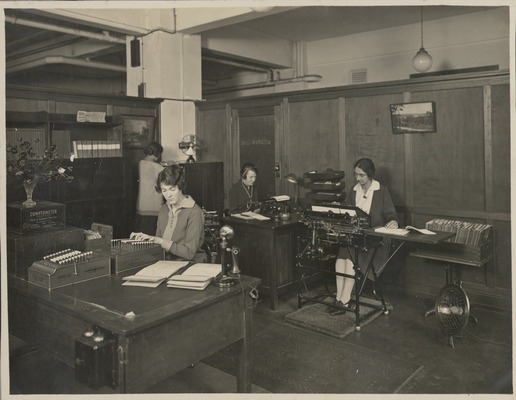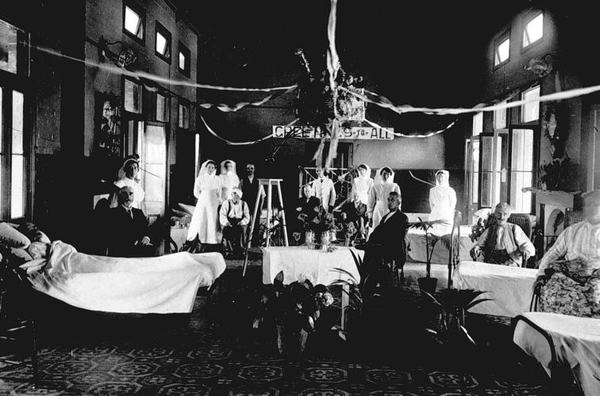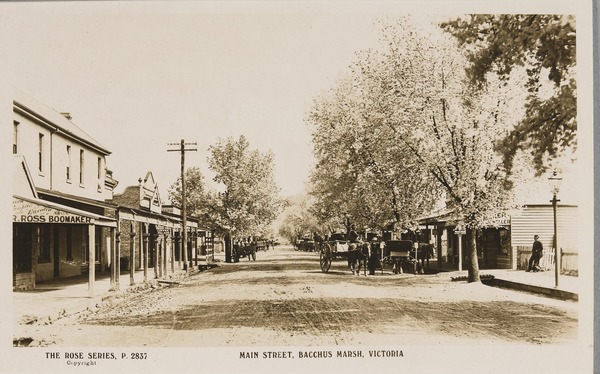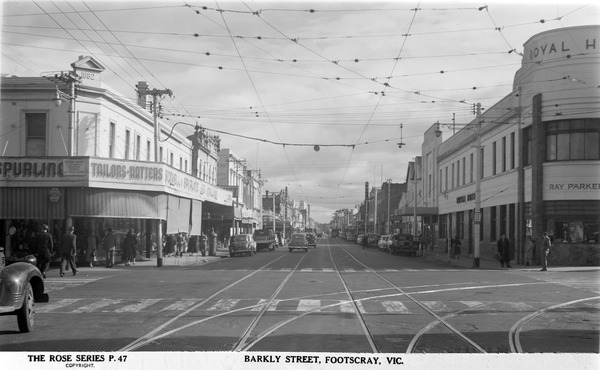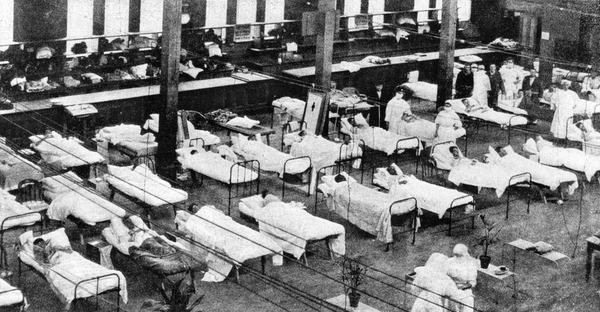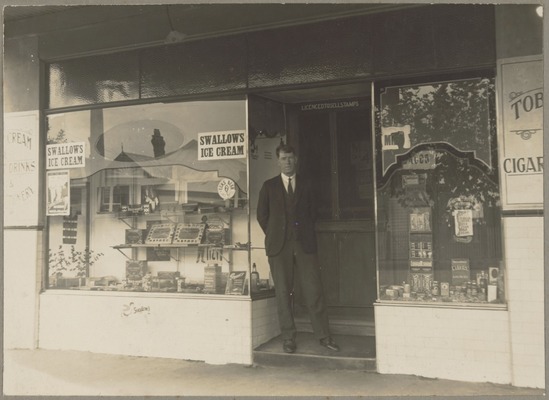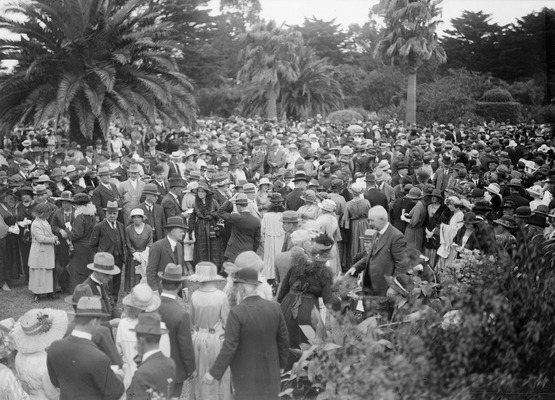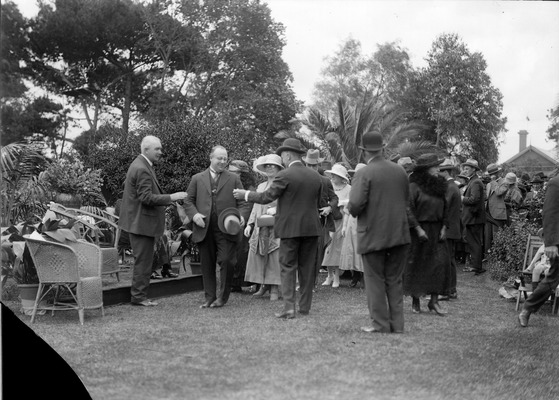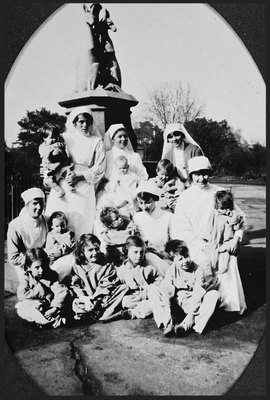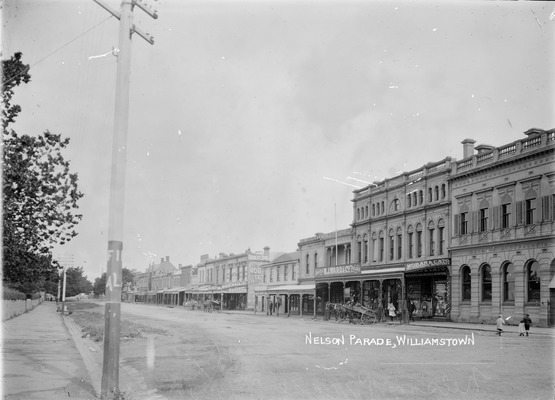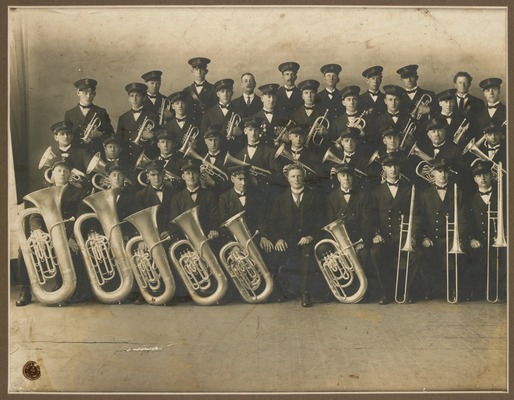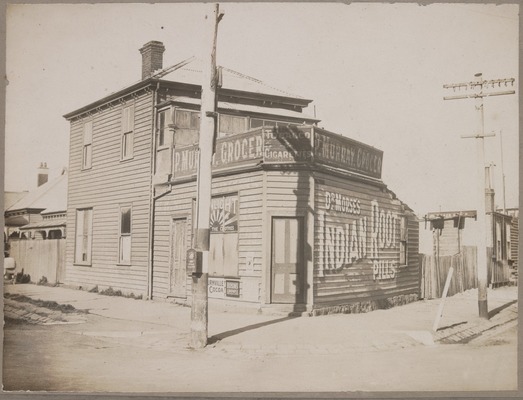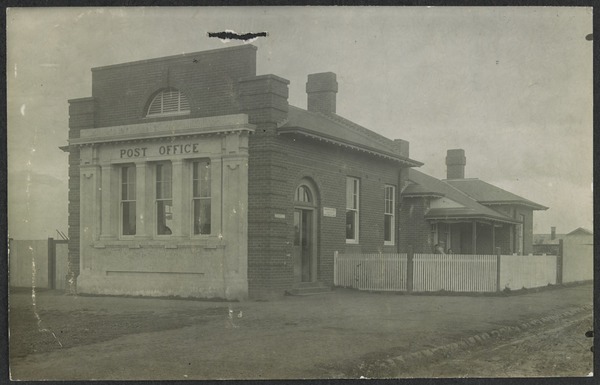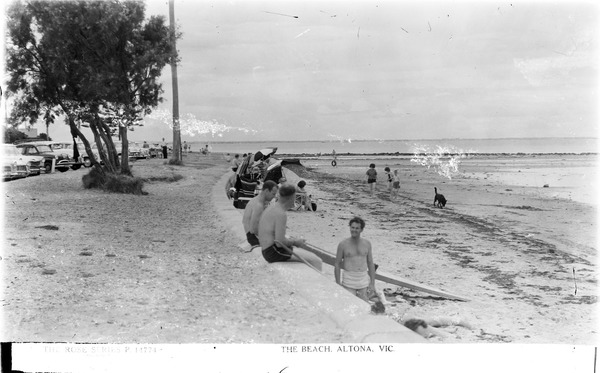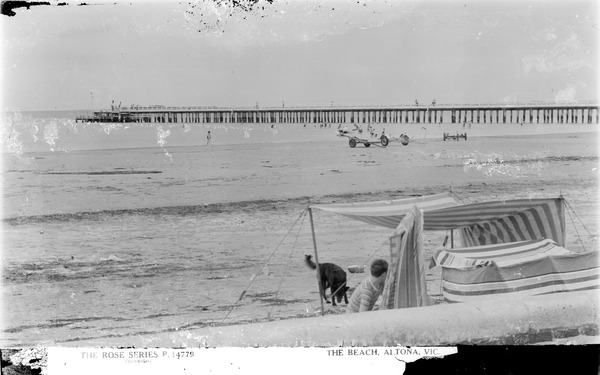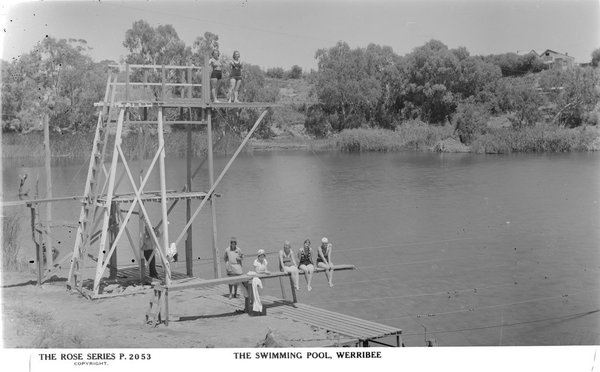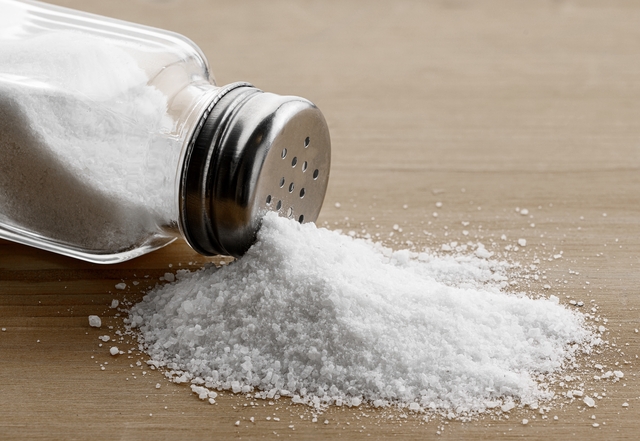As the world continues to battle Covid-19, the pandemic has been compared to the Spanish flu outbreak of more than 100 years ago.
That pandemic, which emerged at the end of the First World War in 1918, killed more than 50 million people worldwide.
The virus spread around the world as WWI soldiers returned home.
In Australia, despite quarantine measures, around 40 per cent of the population fell ill and around 15,000 people died.
The first case of the Spanish flu in Melbourne appeared in January 1919.
In the western suburbs, the local newspapers of the time were filled with articles about community efforts to fight the illness and – sadly – many obituaries, as people died.
On February 8, 1919, The Independent newspaper reported the Footscray Technical School in Nicholson Street would be used as a hospital.
More than 150 beds were purchased and Red Cross workers supplied bedding and other requisites.
The city’s health officer, Dr J. Ramsay Webb, paid a “warm tribute” to Footscray residents for helping to set up the hospital.
Another news story said entire families in the Footscray area had come down with the Spanish flu, and “without assistance from their friends and neighbours there is but little hope for them”. The “ladies of Yarraville” were praised for helping stricken households.
In nearby Williamstown, according to an article by The Royal Australian College of General Practitioners, “hotels were closed, trains were deserted and public entertainment cancelled”.
On February 16, 1919, the Werribee Shire Banner reported that three cases of the Spanish flu had been recorded by the local health officer.
The Werribee Mechanics Institute was used as an isolation hospital and 400 residents were vaccinated within a week.
The article said several events had been cancelled, such as the Werribee Farmers Picnic.
The Banner said that church services were to be held outside, and if mass was held indoors due to inclement weather, parishioners were advised to wear facemasks.
The Melton Express ran a story about the Shire of Bacchus Marsh’s medical health officer, John Pollock, who warned that any household which did not report a case of influenza to the council would face a fine of 20 pounds (£20).
A well-known resident of the west who died of the Spanish flu was Lieutenant Louis Edwin Trawin, who lived in Footscray.
At the age of 19, he enlisted for WWI and was allocated to the 7th Battalion. He served in Gallipoli and France, and was shot three times.
Sadly, Lou died in the Spanish Flu epidemic in April 1919.

